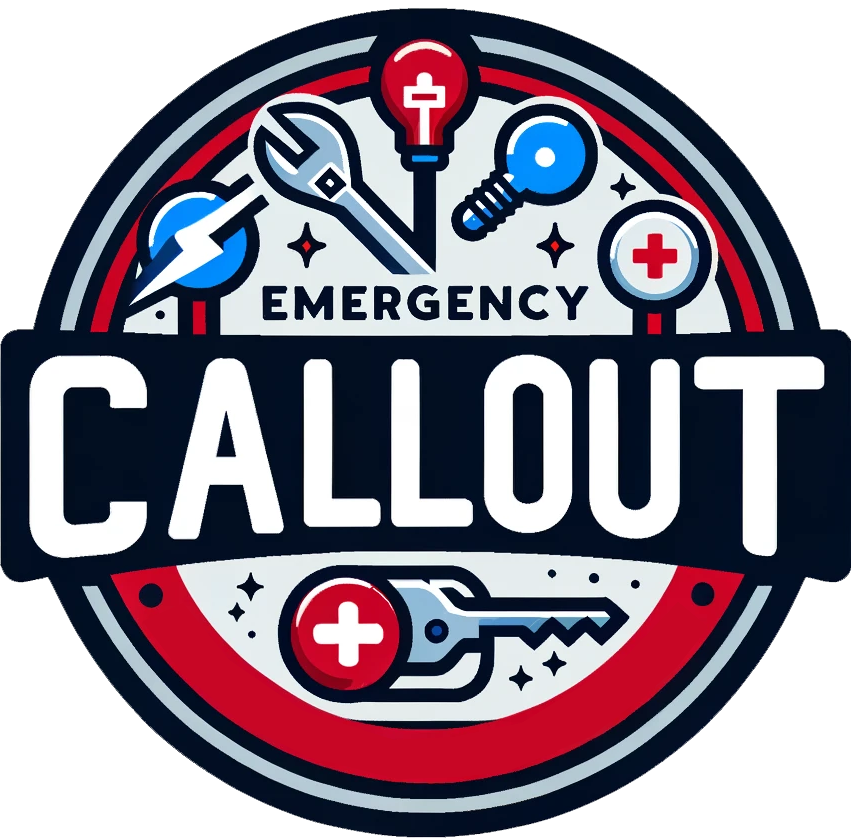The Emergency Blue Light Box: A Vital Resource for the UK
In the United Kingdom, emergency services play a crucial role in ensuring the safety and well-being of the public. Whether it’s responding to a medical emergency, a fire, or a crime, the ability of emergency services to quickly and effectively reach those in need is of paramount importance. One often-overlooked resource that helps facilitate this rapid response is the emergency blue light box. In this article, we will explore the significance of the emergency blue light box in the UK, its functions, and its importance in supporting the work of emergency services.
What is an emergency blue light box, and how does it work? To put it simply, an emergency blue light box is a roadside cabinet containing a range of emergency equipment, typically located at strategic points such as major junctions, roundabouts, and key road corridors. The primary purpose of these boxes is to provide quick and easy access to essential tools and resources necessary for emergency situations. The distinctive blue light on the box makes it easily identifiable to emergency service personnel, allowing them to locate and access the equipment they need without delay.
The contents of an emergency blue light box can vary but often include items such as first-aid kits, trauma packs, firefighting equipment, high-visibility vests, hazard warning signs, and other essential tools. These resources are critical in the initial response to emergencies, enabling emergency service providers to quickly establish a safe working environment and deliver vital medical care or firefighting services as needed.
In the context of the UK, the presence of emergency blue light boxes is particularly significant due to the country’s extensive network of roadways and transport infrastructure. With millions of people relying on the road network for daily travel, the risk of accidents, medical emergencies, and other incidents necessitating emergency response is ever-present. In urban centers, busy highways, and rural areas alike, the timely availability of emergency equipment can make a substantial difference in the outcome of an emergency situation.
The role of emergency blue light boxes extends beyond simply providing equipment; they also serve as a visible symbol of the UK’s commitment to public safety. By strategically locating these boxes in key areas, the government and local authorities demonstrate their proactive approach to emergency preparedness and response. This visible presence of preparedness can serve as a reassurance to the public, instilling confidence that emergency services have the necessary resources readily available to respond to any potential crisis.
Moreover, the presence of emergency blue light boxes speaks to the collaborative efforts of various stakeholders in supporting emergency services. These stakeholders may include government agencies, local councils, transportation authorities, and community organizations, all of whom recognize the importance of equipping emergency services with the tools they need to fulfill their duties effectively. Through partnerships and coordination, these entities contribute to the resilience of the UK’s emergency response infrastructure, ensuring that emergency services are well-equipped to address diverse challenges.
It is worth noting that emergency blue light boxes are not limited to roadways; they can also be found in other public spaces such as parks, sports venues, and public events. Their widespread presence underscores the versatility of these resources in addressing a wide range of emergency scenarios. Whether it’s providing assistance to an injured hiker, responding to a medical emergency at a community event, or supporting a large-scale incident, the availability of emergency equipment through blue light boxes is indispensable.
In addition to their practical significance, emergency blue light boxes also reflect the evolving nature of emergency response in the UK. As technology and best practices continue to advance, the contents of these boxes may be updated to reflect the latest standards and recommendations for emergency preparedness. This ongoing review and improvement process ensures that the resources provided through blue light boxes remain tailored to the specific needs of emergency services and the communities they serve.
The value of emergency blue light boxes is further underscored by their potential to save lives and mitigate harm in emergency situations. When minutes and seconds can make the difference between life and death, having immediate access to critical equipment can be the decisive factor in the outcome of an emergency. Whether it’s administering first aid, combating a small fire, or setting up a safe perimeter around a hazardous area, the availability of resources from blue light boxes can empower emergency responders to act swiftly and decisively.
Moreover, the impact of emergency blue light boxes extends beyond the immediate response to emergencies. By enabling emergency services to intervene promptly and effectively, these resources contribute to the broader goal of safeguarding public health and safety. They support the UK’s commitment to reducing the impact of emergencies on individuals, families, and communities, ultimately contributing to the resilience and well-being of society as a whole.
In conclusion, the significance of emergency blue light boxes in the UK cannot be overstated. These unassuming roadside cabinets hold the potential to play a critical role in emergency response, offering a lifeline to those in need and supporting the tireless efforts of emergency services. Through their strategic placement, diverse contents, and symbolic importance, these boxes serve as a tangible expression of the UK’s dedication to public safety and emergency preparedness. As the country continues to evolve and confront new challenges, the presence of these resources will remain essential in maintaining the responsiveness and resilience of the UK’s emergency services.



